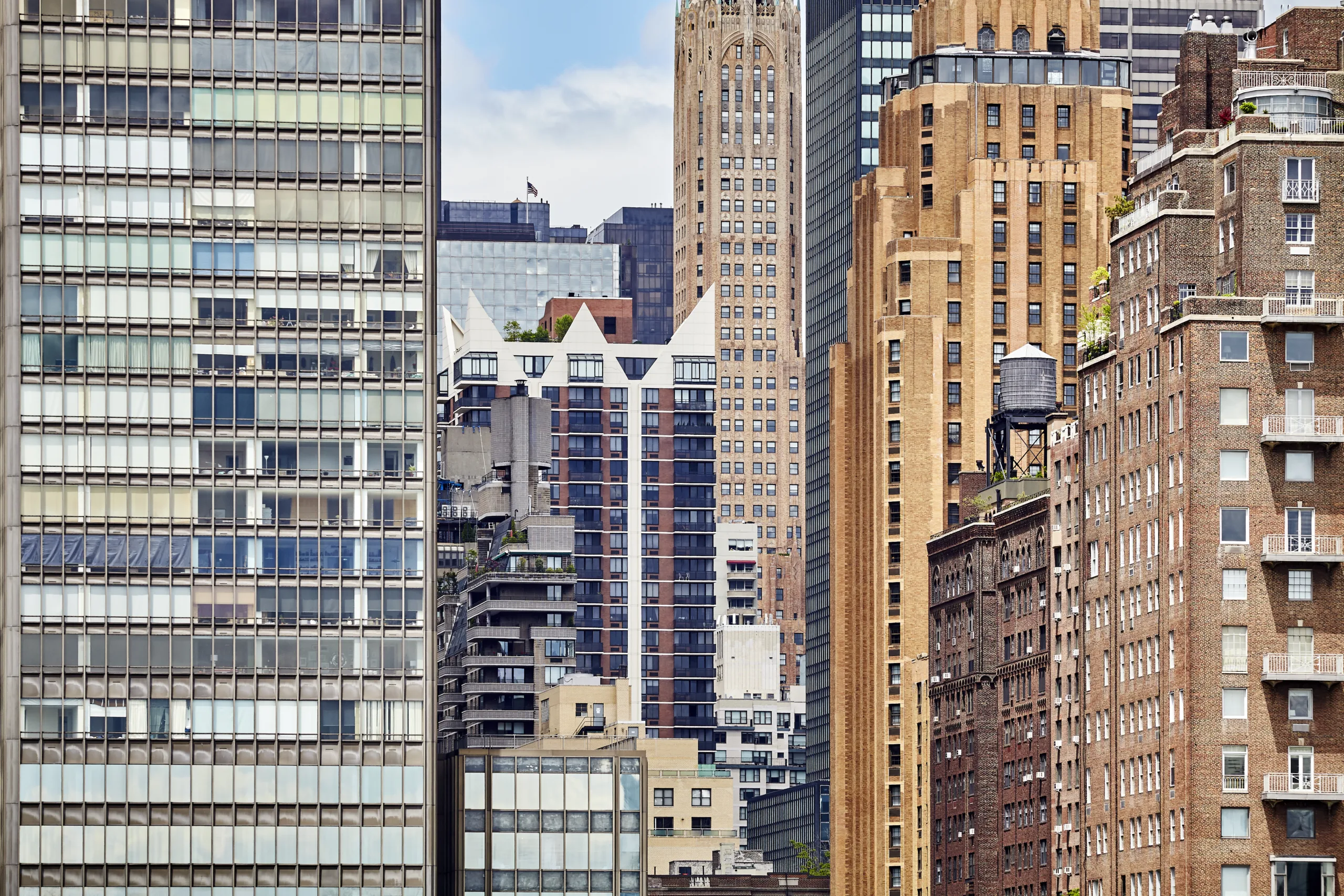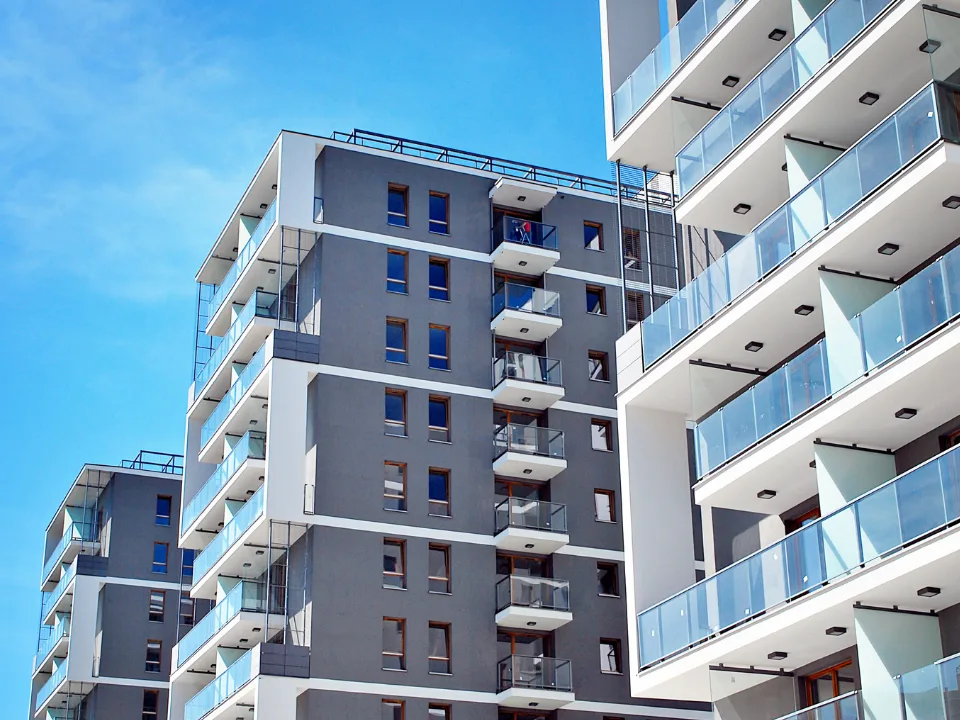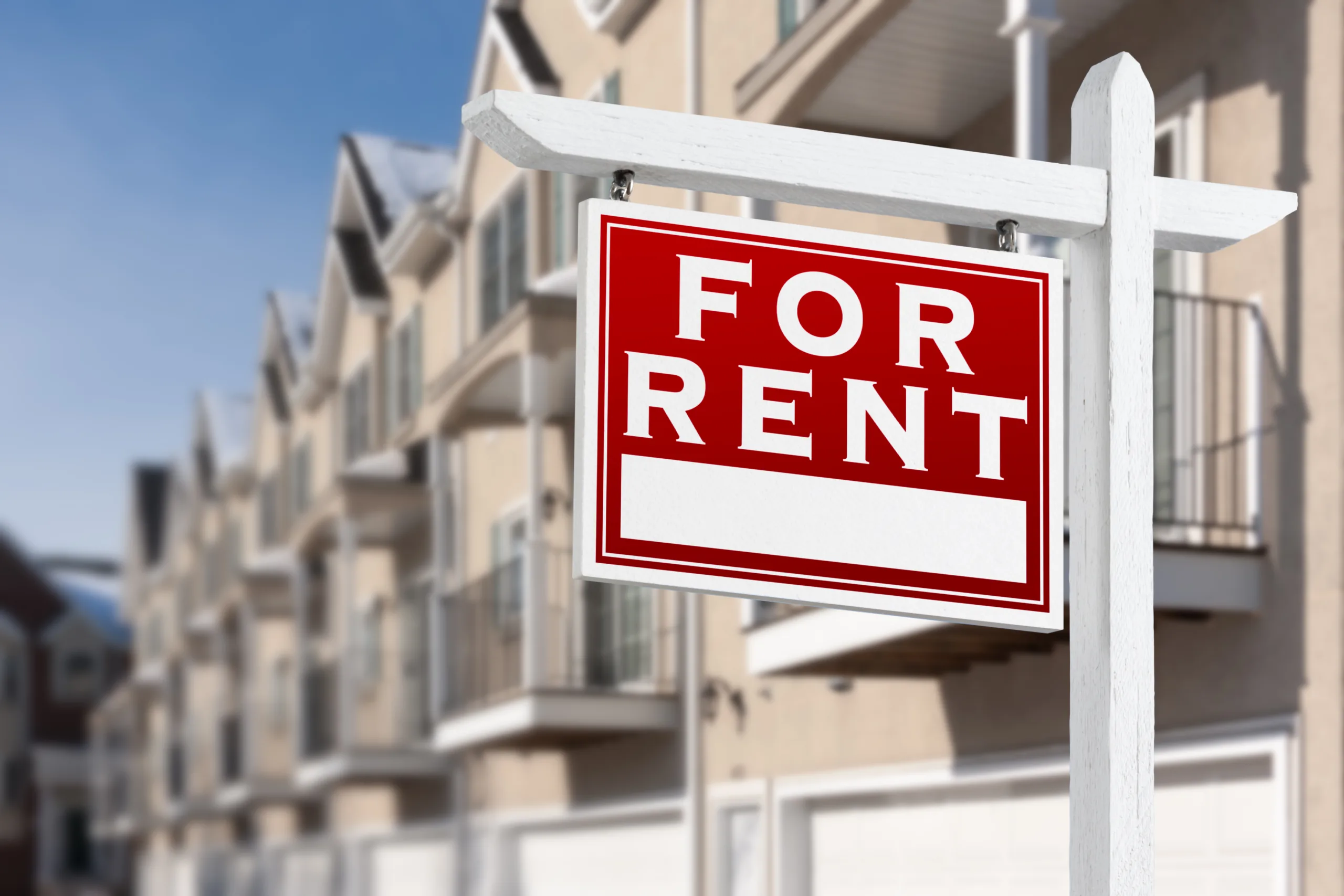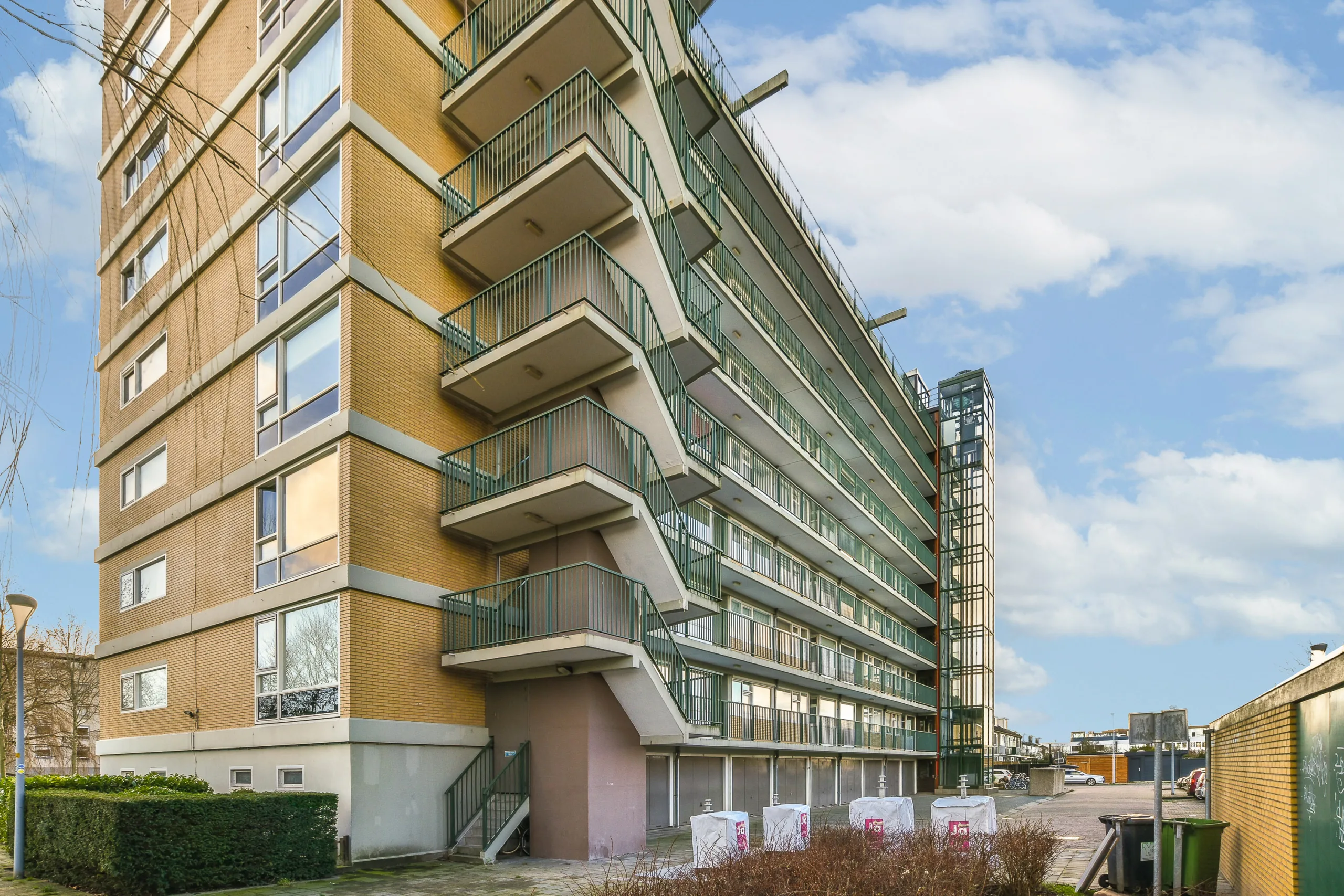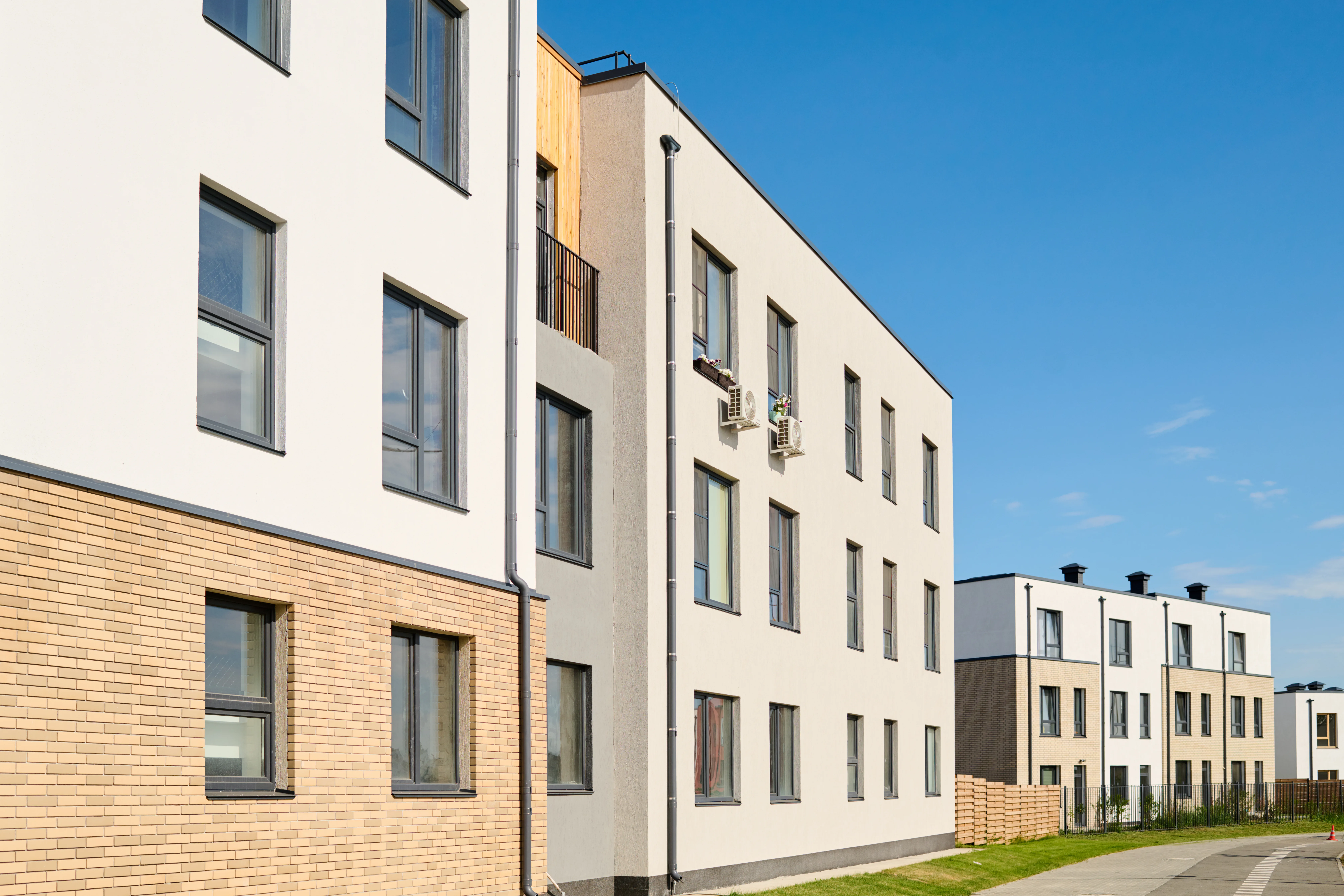- Milwaukee’s rental market is extremely tight, with 94% occupancy and eight renters competing for each available unit as of early 2025, according to RentCafe.
- A shortage of new housing development following the 2008 financial crisis, compounded by high construction costs and interest rates, has left few options for middle-income renters.
- Millennials, Gen Z, and baby boomers are all competing for apartments, pushing average rents up 29% since 2020, and making Milwaukee one of the Midwest’s highest-cost rental markets outside of Chicago.
Located about 90 miles north of Chicago, Milwaukee, Wisconsin, pairs big city energy with Midwestern charm. But one major city headache has arrived: an increasingly cutthroat rental market.
Today, Milwaukee ranks among the most competitive cities for renters in the US, with 94% occupancy and eight renters chasing every vacant apartment, as reported by WSJ.
Milwaukee offers a relatively low cost of living, good employment opportunities with major companies like Northwestern Mutual and Rockwell Automation, and highly rated public schools in its suburbs. Its culinary, arts, and sports scenes are vibrant, and annual events like Summerfest continue to draw crowds. Historically seen as an underdog city, Milwaukee is now being reshaped by millennials and returning residents committed to its growth.
By The Numbers
The average rent in Milwaukee hit $1,541 in February 2025, a 29% jump from $1,192 in February 2020, according to RentCafe. Apartments average 849 SF, and about 58% of Milwaukee households rent their homes compared to 42% who own.
Get Smarter about what matters in CRE
Stay ahead of trends in commercial real estate with CRE Daily – the free newsletter delivering everything you need to start your day in just 5-minutes
Inventory Challenges
The rental crunch largely stems from a slowdown in housing development following the 2008 financial crisis. While apartment construction briefly picked up between 2013 and 2019, high interest rates and construction costs have since limited growth, especially for mid-market housing. Most new construction today targets either the luxury segment or is subsidized, leaving middle-income renters squeezed out.
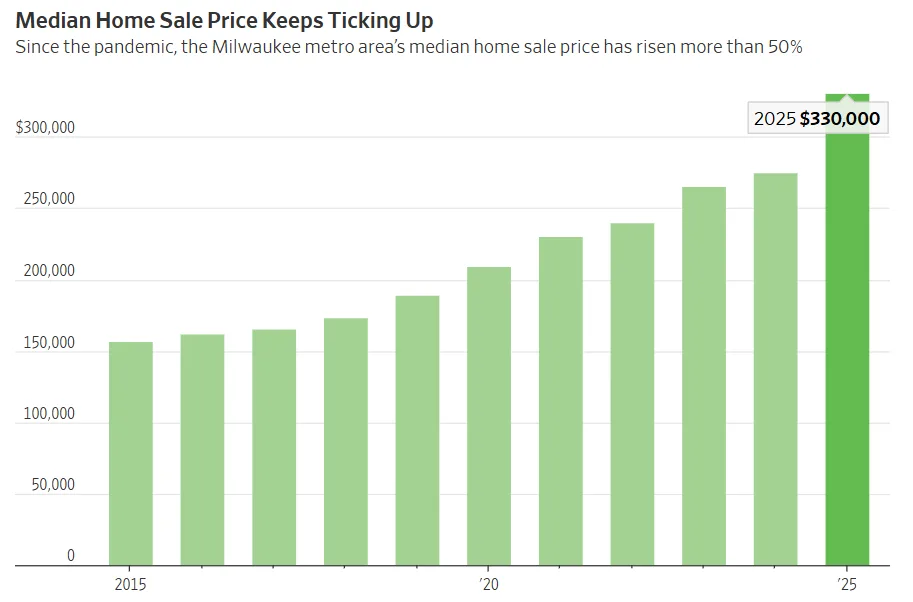
Who’s Renting And What They’re Paying
Millennials unable to afford homeownership, Gen Z entering the market, and downsizing baby boomers staying connected to the community have created what developers call a “traffic jam” of demographics. Milwaukee now boasts some of the Midwest’s highest rental rates outside Chicago, with luxury buildings asking between $3,500 to $3,900 PSF.
Hot Buildings
Renters covet luxury towers like 7Seventy7, developed by Northwestern Mutual, and Ascent, the world’s tallest timber structure, completed in 2022. The Historic Third Ward, a lively entertainment district just south of downtown, also remains a top rental destination.
Outlook
Experts predict Milwaukee’s rental squeeze will continue for several years. High construction costs, potential tariffs, and cautious development will temper new supply. However, because the city remains closer to a supply-demand balance than many other markets, industry leaders believe the transition will stay relatively orderly without severe overbuilding.


